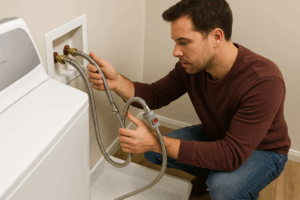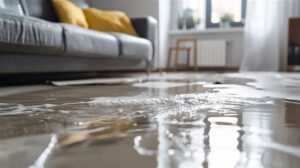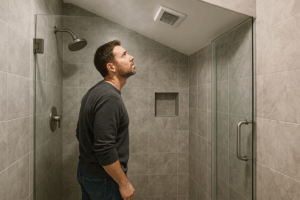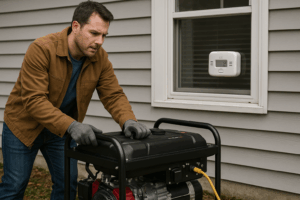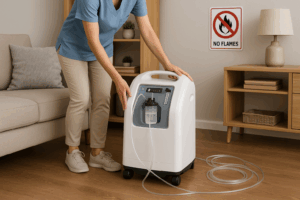Imagine this—you’re relaxing in your living room when suddenly, the rain starts to pour down heavily. Your cozy moment quickly turns into concern as you wonder if water will find its way into your basement. If this scenario sounds all too familiar, it’s time to take action. Waterproofing your basement doesn’t have to be daunting, and with the right approach, you can protect your home from unwanted moisture and the damage that comes with it. Let’s dive into the essential steps to keep your basement dry, along with tips on when to call in the experts.
Signs You Need to Waterproof Your Basement
Waterproofing is essential, but how do you know when it’s necessary? Here are the key signs:
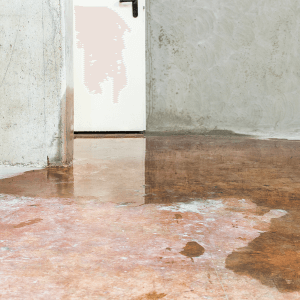
- Water Stains: Look for dark or discolored patches on your basement walls or floors, often seen after a heavy rainstorm. These indicate that water is seeping through cracks or porous surfaces.
- Musty Odors: The smell of mold or mildew in your basement is a clear sign that moisture is present. Mold thrives in damp environments, so if your basement has a persistent odor, it’s time to take action.
- Cracks in Walls or Floors: Even small hairline cracks can become bigger issues over time. Cracks allow water to enter, potentially causing structural damage and promoting mold growth.
Pro Tip: Regularly inspect your basement, especially after heavy rains or snowmelt. Early detection of these signs can save you from more extensive repairs down the line.
Prepping Your Basement for Waterproofing
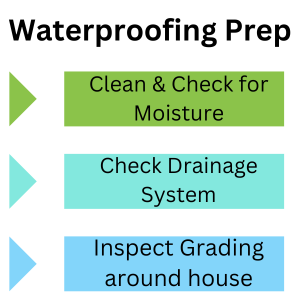
Proper preparation is key to successful waterproofing. Here’s how to get your basement ready:
- Clean Thoroughly:
- Start by removing all stored items to ensure you have clear access to the walls and floor. Sweep away dust and debris to reveal cracks and other problem areas.
- Inspect the entire space for hidden moisture or mold spots that might be lurking in dark corners or behind items.
- Check Your Drainage System:
- Ensure your gutters and downspouts are functioning correctly. Downspouts should direct water at least 10 feet away from the foundation.
- If your current drainage system isn’t enough, consider installing gutter extensions to channel water even further from your home’s foundation. This simple step can make a significant difference in reducing basement moisture.
- Examine the Grading Around Your Home:
- The ground should slope away from your foundation to prevent water from pooling around the base of your house. Ideally, you want a 2-3% slope, meaning that for every 10 feet, the ground should drop 2-3 inches away from your home.
- If necessary, add soil to improve the grading. This can dramatically reduce the chances of water intrusion.
Pro Tip: Don’t forget to inspect any window wells. If you have basement windows, ensure they are well-sealed and that window wells are free of debris and equipped with covers to prevent water buildup.
Steps to Waterproof Your Basement
Step 1: Seal Cracks, Openings, and Plug Holes
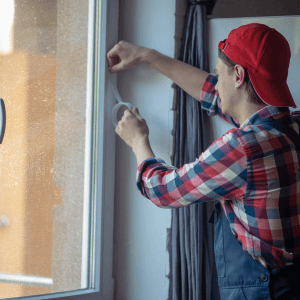
- Why It’s Important: Any cracks, gaps, or openings in your basement walls or floor are entry points for water. These can include cracks in the foundation as well as gaps around windows, doors, and pipes.
- Action:
- Cracks: Use hydraulic cement or epoxy to seal cracks in walls and floors. For larger or more flexible gaps, opt for polyurethane sealants, which can expand and contract as needed.
- Openings: Check around basement windows, doors, and window wells. Ensure these areas are sealed properly with caulk or weatherstripping to block any water entry. Consider adding covers to window wells to prevent water buildup.
- Pipes or Utility Lines: Seal around any openings where utility lines or pipes enter the basement using appropriate sealants or expanding foam.
Pro Tip: Be extra thorough when sealing windows or doors in the basement, as these are often overlooked entry points for water.
Step 2: Apply Waterproofing Coatings

- Why It’s Important: Waterproof coatings provide a moisture barrier that helps prevent water from seeping through the basement walls and floors.
- Action:
- Apply waterproofing paint or membrane to the interior walls and floors of your basement. Be sure to cover areas around doors, windows, and openings that were sealed in the first step to create an additional barrier.
- Ensure you apply at least two coats for maximum protection, especially around high-risk areas like window wells and door thresholds.
Pro Tip: Use a waterproof membrane if your basement experiences heavy moisture issues, as it provides a thicker, more durable layer than waterproof paint.
Step 3: Install or Repair Drainage Systems
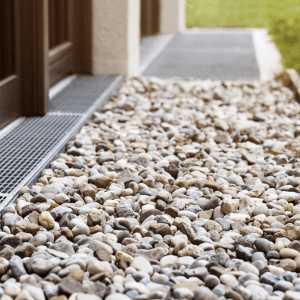
- Why It’s Important: Effective drainage is essential for keeping water out of your basement, especially during heavy rainfall or snowmelt.
- Action:
- Install a sump pump to collect and remove excess water from your basement. If you already have a sump pump, ensure it’s functioning properly, and consider adding a backup power source.
- If water entry is an ongoing issue, consider installing an interior French drain system to channel water away from the foundation and into the sump pump.
- Make sure window wells have proper drainage systems to prevent water from pooling and seeping into the basement.
Pro Tip: Regularly test your sump pump to ensure it’s operational, especially before the rainy season.
Step 4: Improve Ventilation and Manage Humidity
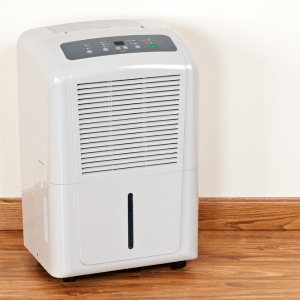
- Why It’s Important: High humidity levels and poor ventilation can lead to moisture buildup, even in a waterproofed basement.
- Action:
- Install a dehumidifier to keep humidity levels below 50%, preventing mold and mildew growth.
- Ensure proper airflow by installing vents or exhaust fans to circulate air and keep the space dry.
Pro Tip: Monitor humidity levels with a hygrometer to prevent moisture issues even after waterproofing is complete.
FAQ
Can I Waterproof My Basement Myself?
Yes, you can! For minor issues like small cracks or applying waterproof paint, a hands-on approach is feasible. However, more significant problems, such as extensive flooding or structural damage, may require professional intervention.
What is the Best Way to Waterproof Your Basement?
The best method will depend on your specific situation. Generally, a combination of internal and external solutions offers the most comprehensive protection. Internally, sealing cracks and applying waterproof coatings address immediate concerns. Externally, improving drainage and grading tackles water at its source, preventing it from reaching your basement walls.
Is It Worth It to Waterproof a Basement?
Absolutely! Waterproofing your basement protects your home from costly water damage and maintains its structural integrity. It also enhances your property’s value and can make your basement a usable, safe space, adding to your home’s overall usability and appeal.
Can You Waterproof Your Basement from the Inside?
Yes, waterproofing from the inside is possible and effective, especially for managing minor leaks and moisture issues. Internal solutions, like sealants and waterproof paints, work to form a barrier against water ingress. However, if the water problem is severe, combining internal measures with external drainage improvements is recommended.
Which is the Cheapest Basement Waterproofing Method?
The most budget-friendly waterproofing solution is to begin with internal fixes. Sealing cracks with epoxy or polyurethane and applying waterproof paint are cost-effective choices. Additionally, ensuring proper grading and drainage can be inexpensive yet highly effective strategies to minimize water intrusion.
Read more: 15 Ways to Prevent Water Damage
Protect Your Home from Water Damage with All Nation Restoration
In conclusion, waterproofing your basement is a vital step in protecting your home from water damage. By recognizing the signs of water intrusion and taking proactive measures, you can safeguard your investment and create a safe living environment. Whether opting for a DIY approach or calling in the pros, maintaining a dry basement is achievable.
At All Nation Restoration, we’ve spent over a decade mastering the art of damage restoration. Our experience and dedication ensure that your home receives the best care possible. If you need assistance with waterproofing or any restoration services, don’t hesitate to reach out. We’re here to protect your home and restore your faith in quality service.
Call us for a free consultation and learn how we can help you keep your basement dry and your home safe. Trust us to carry the weight of restoration so you can focus on enjoying your home to the fullest.

